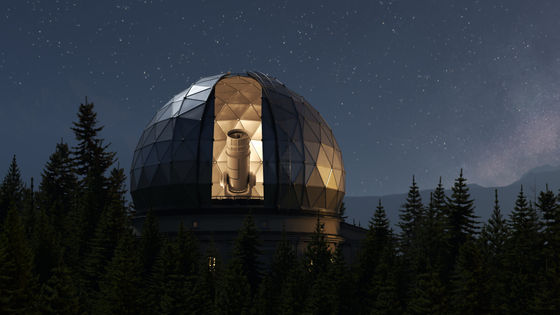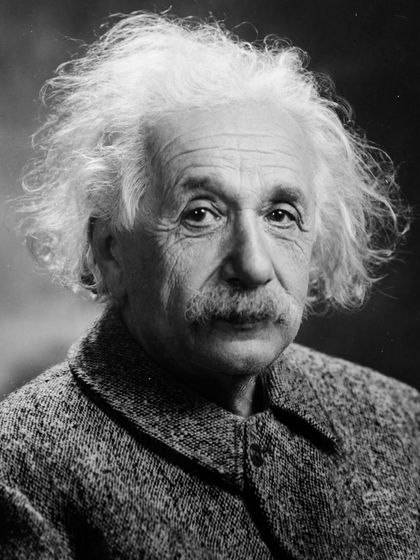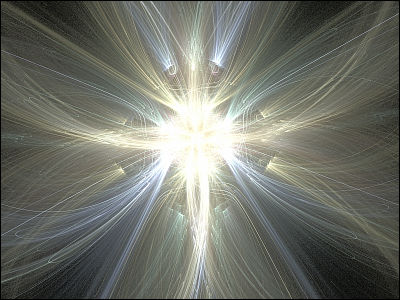Research shows dark energy is 'evolving,' a discovery that could determine predictions about the 'end of the universe'

Observations by the Dark Energy Spectroscopic Instrument (DESI) at Kitt Peak National Observatory in the United States have revealed that
First year of DESI results unveil new clues about dark energy
https://news.osu.edu/first-year-of-desi-results-unveil-new-clues-about-dark-energy/
Dark energy could be getting weaker, suggesting the universe will end in a 'Big Crunch' | Space
https://www.space.com/desi-cosmological-constant-dark-energy-history
Dark energy is tearing the universe apart. What if the force is weakening?
https://www.nature.com/articles/d41586-024-01273-4
The Dark Energy Spectroscopic Instrument (DESI) observation team, which was formed by more than 900 researchers from more than 70 research institutions around the world, announced a series of results based on DESI's initial observational data in April 2024. Among them is a 3D map of the universe created by measuring baryon acoustic oscillations, a remnant of density fluctuations that appeared immediately after the Big Bang.

While creating the largest map of the universe ever is a major achievement in itself, analysis of the data, which captured the effect of dark energy on the structure of the universe over the past 11 billion years, also revealed that dark energy may be weakening over time.
Regarding this discovery, which suggests a completely different future for the universe from the mainstream view of the universe, Luz Ángela García Peñaloza, a cosmologist at ECCI University in Colombia and a former DESI member, said, 'The announcement of this result is a great day for cosmology. What's particularly important is that it shows that dark energy is evolving, not stationary. If this is confirmed by future data, the discovery of evolving dark energy would be as revolutionary as the discovery of the accelerating expansion of the universe.'

In
The cosmological constant first appeared when Albert Einstein published his general theory of relativity. In 1917, two years after Einstein used this theory to explain the nature of gravity, Einstein and Dutch astronomer Willem de Sitter demonstrated that the theory could describe the universe.
However, there was one problem with the general theory of relativity. Based on this theory, the universe expands and contracts. Although we know today that the universe is expanding, at the time, the idea that 'the universe was created by God, so it should remain the same from the past to the future' was common knowledge among intellectuals, and Einstein, one of the most flexible minds of the 20th century, was no exception. Therefore, Einstein added a kind of 'fudge coefficient' to the equation. This is the cosmological constant, or cosmological constant Λ.
The universe was supposed to maintain a precarious balance by the cosmological constant, which creates a 'repulsive force' that counteracts the gravitational force and pushes the universe outward. However, in 1929, Edwin Hubble observed distant galaxies and discovered that they were redshifting, that is, moving away from us at a rapid speed. This led to the discovery that the universe is expanding.
There is a famous story about Einstein, who had to remove the cosmological constant from his equations, regretting its introduction as 'the biggest mistake of his life.'

Later, in 1998, two teams of astronomers who were trying to measure the speed at which the universe was expanding by observing supernovae discovered that the universe was expanding faster than expected, and that in fact the rate of expansion was accelerating. This brought Λ back into the spotlight as the mysterious repulsive force that is causing the universe to expand at an accelerating rate.
The Λ-CDM model, which includes a cosmological constant, is supported by many observational facts that have been reported to date. Based on this theory, it has been thought that the universe will continue to expand and end either in a Big Freeze (Big Chill) , in which stars burn out, or in a Big Rip , in which space-time itself is torn apart.
'If this is true, the accelerated expansion of the universe may eventually stop and eventually reverse, causing it to shrink under the influence of gravity. If that happens, the universe may eventually end in a 'big crunch' scenario,' said García Peñaloza, a professor of astronomy and physics at the University of California, San Diego.
The data announced this time is based only on the data DESI has collected in the first year since it began observing. It is hoped that further analysis of the accumulated data will lead to a more accurate understanding of the past and future of the universe.
Related Posts:
in Science, Posted by log1l_ks







